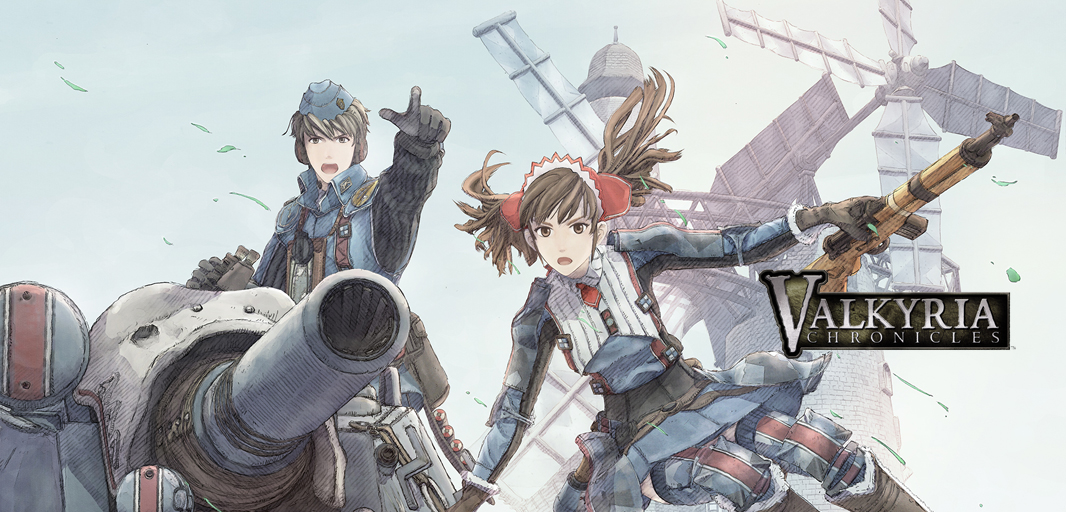Game website: http://boombeachtroop.com
Game demo: http://boombeachtroop.com/boom-beach-guide/
Description:
Boom Beach is a mobile combat strategy video game. Players have to develop their own military base against the attack from other human players. A complete military base consist of headquarter, troops, defences and resources building. The resources collected from the resources building can be used to upgrade military base. Beside the resources building, players can obtain(“steal”) resources by conquering surrounding islands from AI-players and other human players by accessing the map view from in-game ui (the right-hand side map)
.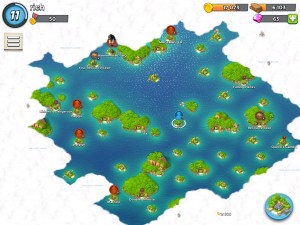
My perspective of the game in terms of lenses which contribute to game experiences:
- The lens of Elementary Tetrad
– Technology: Boom Beach is build on IOS and Android platform. It can only work on mobile devices. However, It can connect from device to device, which means players can play the game using the same account although they are using different devices. In addition, Boom Beach also connect to Facebook so that players can check other friends’ Boom Beach status.
– Story: Boom Beach’s storyline is set in a tropical archipelago with the player on an island with defences and troops. Players need to defence against an enemy known as “The Blackguard”.
– Aesthetics: Good visual on graphic and continue to improve through several updates. Simulation of weather: For volcanic islands, there are magma crystals dropping from the sky. For other islands, there are frosty and raining weather. Suitable background sound during war increases the user experience.
– Mechanics: Existing mechanics similar to some of the strategy games in current market, like clash of clans. It has its own well-balanced mechanics and interaction with many players.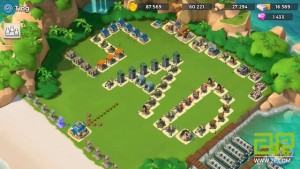
- The lens of Freedom
– Freedom on base design: players can move any building on their military base around, which means players are able to design their own style of defensive strategy against other players’ attack.
– Freedom on upgrading base: players have their own decision on which building to upgrade first. Players can either upgrade their defensive building first in order to increase the difficulty of attack by other players or upgrade their resources building first in order to achieve more resources.
– Freedom on choosing which kinds of troops: Different kinds of troops have different capabilities. There are seven troops in Boom Beach. Players have the freedom to choose which kind(s) of troops to use for different offensive strategies. - The lens of Surprise
– After destroying the enemy base, players may have the chance to obtain power stones from the enemy base. Power Stones have 3 stages: Fragment, Shard and Crystal. These power stones are given randomly. Obtaining a piece of power stone is difficult and obtaining a good piece of power stone is rare. Hence obtaining a piece of power stone will always make the player very happy and hence tempted to continue to play the game.
– The Sculptor uses power stones to create crystal-powered statues that can help player’s enhance the war effort tremendously. Each new statue is unique, and its powers cannot be predicted. It is always a surprise when players obtain a good crystal-powered statue. - The lens of problem solving
– The goal of the game is not only to win a battle or obtain enough amount of resources but also having less or no casualties when the battle has ended. Strategy plays an important part in this game. Players who uses same troops may have different battle results or different number of casualties due to different strategies used. Therefore, the goal of this game is to find a way to win the battle while ensuring minimum casualties.
– On the other hand, players also need to find a way to build their defence system so that they can prevent attacks from other players. - The lens of Essential experience
– Boom Beach is connected to IOS game centre and Facebook. All players are able to check their ranking among all friends, local and global. This increase the motivation of players to achieve a higher ranking.
– Players are able to form their own task force which is another way of obtaining resources. Players within same task force can interact with each other.
– Boom Beach makes players to wait before they can achieve what they want e.g. upgrade a building or train a kind of troop as these take time.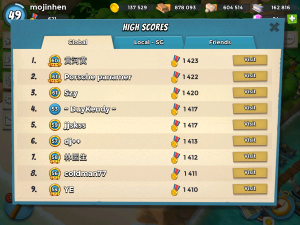
Other player’s perspective of the game in terms of lenses which contribute to game experiences:
- The lens of complexity
Too complex for some users who only like casual game, for example, Angry Bird or Candy crush. - The lens of fear of loss
How do “fear of loss” comes about? Boom Beach is designed in a way that players can obtain resources from other players’ base through attack. This means players may also lose their own resources as long as they are not online because their bases are being attacked by other players. Hence in order to obtain certain amount of resources to upgrade a building, players have to stay online until they have obtained enough resources and at the same time to also prevent other players from attacking. By using this way, Boom Beach ensure that players will always be online to play the game or players are less likely to quit the game. - The lens of fun
– It is fun when enemy base is destroyed as this means the strategy used to attack the enemy works. The player experiences a sense of achievement.
– Players may need a longer time if the players’ objective is to collect enough resources. This is because the players have to destroy many enemy bases in order to collect the amount of resources needed. However this is fun because during this process, there will be no attack from enemies and hence no resources will be lost.
– It is fun to have high ranking among all the friends or even global high ranking.
– It is fun to play the same game with friends. In addition, discussion of the same game with friends within the game is also possible. - The lens of Surprise
Simplistic and predictable storyline. There is no too much surprise on storyline of Boom Beach.
Learning points:
- A good game may not be suitable for all players, but there must be some elements that all players like which captures their interest of the game.
- It is not necessary to develop a game that builds on high and latest technology. However, it is essential for a good game to keep a balance between elementary tetrad.
- Good music, graphic and deep storyline may directly influence good user experience, but they are not essential.
- Social interaction is quite important in game nowadays. Many users play game only because it is a social trend.
- A good game may not be totally new and not similar to other games out in the market. However it needs to have some new features to attract new players.
- Intermediate or useful awards make the life of a game longer. Surprises and rewards beside only victory points are new motivation when players get stuck or bored. Game is not just about winning, but to keep playing. Randomness is a good way of showing surprises to users.
- Freedom! A good game make users feel that they are involved and are in control of the game. They have the freedom of creating their own culture/city etc and not just follow the rules made by the game designer. A good game gives the user the freedom of choice and not just constrain the user to follow the rules created by the game designer. The sense of involvement is an attractive feature to ensure users to be addicted to the game.
By Weng Yuan (A0099778X)

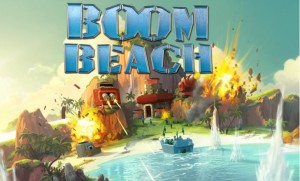

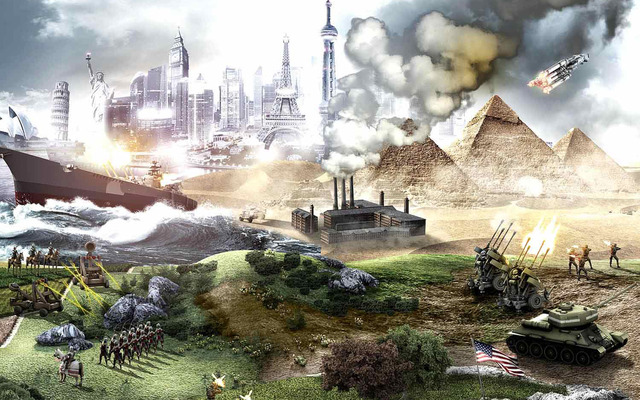
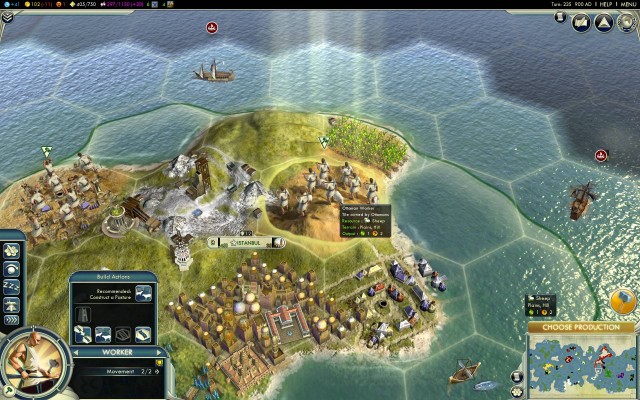
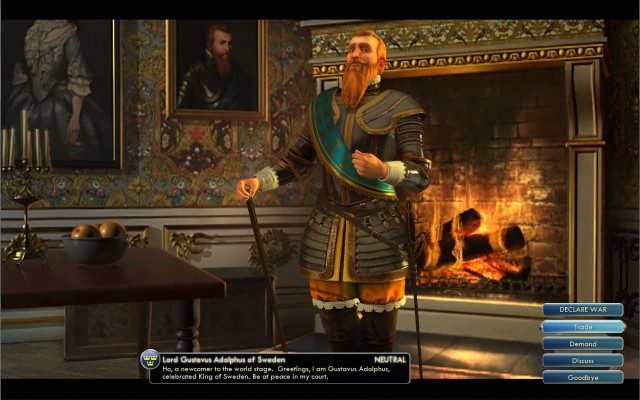
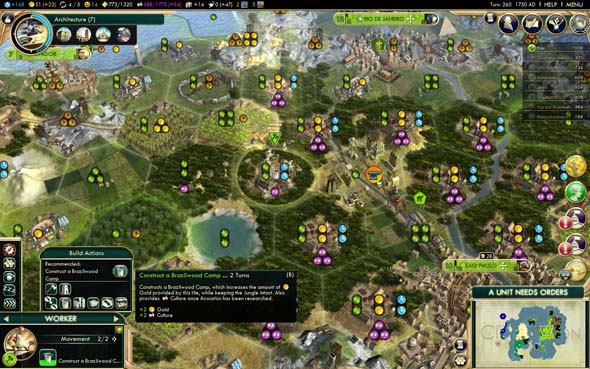
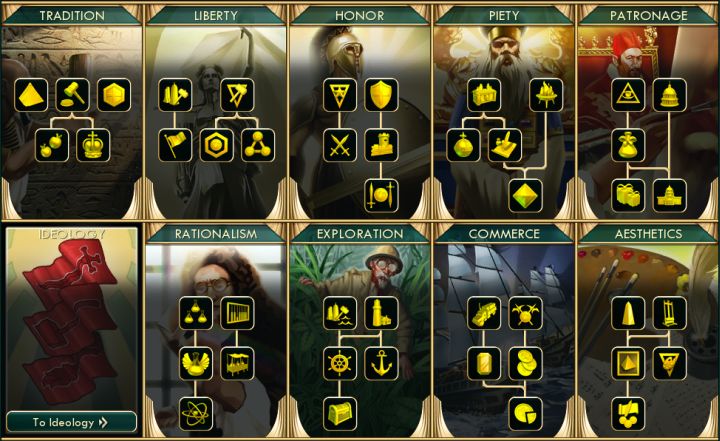
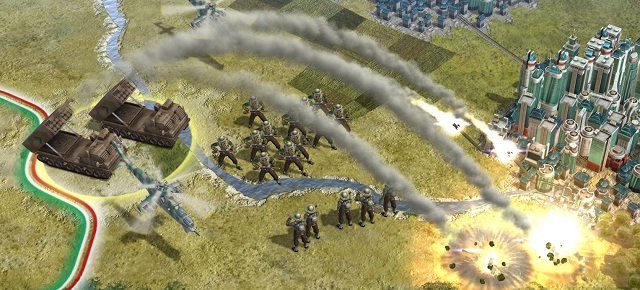
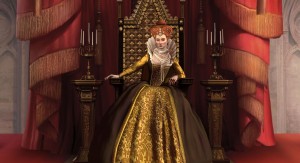
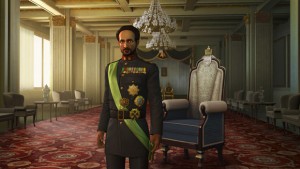
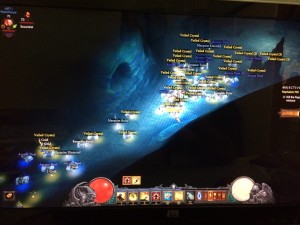
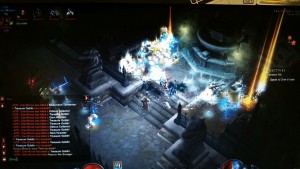
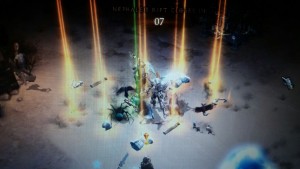
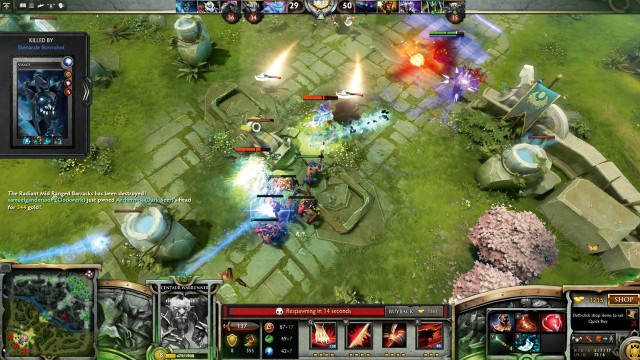
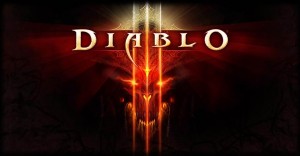
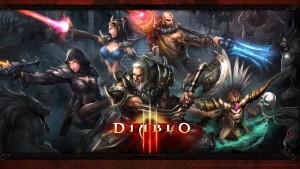
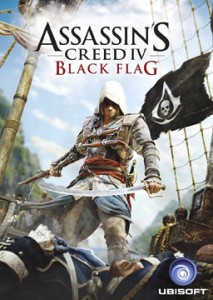

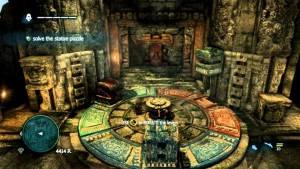
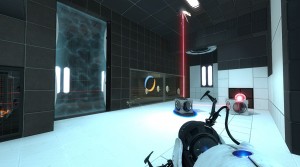
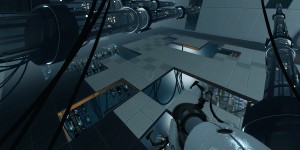
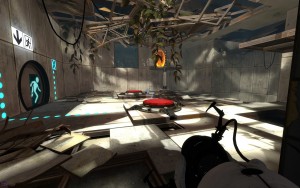

 Buggy animation
Buggy animation




